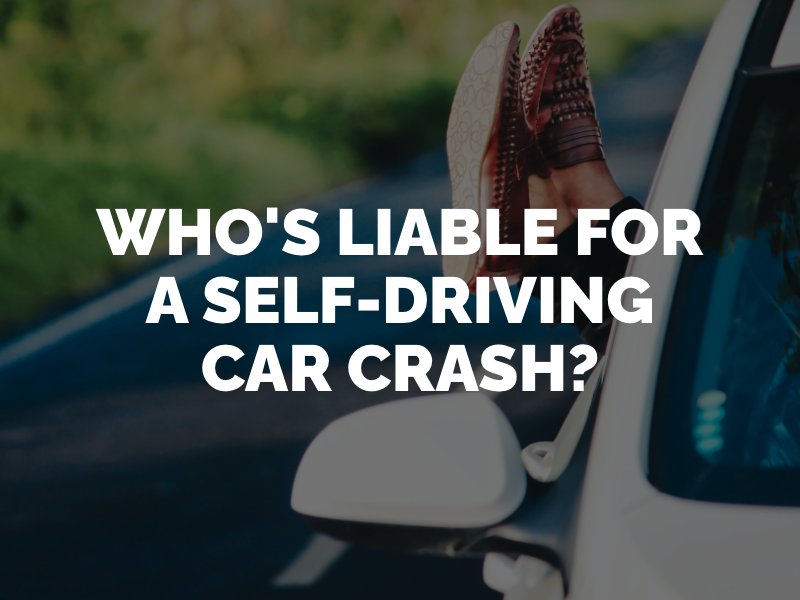Who’s Liable for a Self-Driving Car Accident?
The advent of self-driving or autonomous vehicle technology has led to more complicated Los Angeles car accident cases. Instead of a motor vehicle collision only involving two drivers, it may involve self-driving technology that was in use at the time of the crash, plus the autonomous vehicle creator or software technician. The party that can be held liable, or legally and financially responsible, for a self-driving car accident will depend on the circumstances.

Common Causes of Self-Driving Car Accidents
There are fault and no-fault car insurance laws. California is a fault state, meaning the victim of a car accident must establish that someone else is at fault before he or she can obtain financial benefits from that party’s insurance provider. Determining fault and liability for an autonomous vehicle collision in California starts with identifying the cause of the crash.
Common causes of self-driving car accidents include:
- Technological failures and software glitches in transit.
- Failure of the technology to detect vehicles, objects, or pedestrians.
- Inadequate oversight by the driver when autonomous features are active.
- Lack of proper safety testing conducted by the car company.
- Dangerous autonomous vehicle tests on public roads.
Understanding the cause of a self-driving car accident may require assistance from a Southern California injury attorney. A lawyer can launch an investigation into the crash, including analyzing the technology used in a self-driving car and accessing any data the equipment may have recorded before, during, and after the crash. A law firm can also hire autonomous vehicle experts to testify regarding the cause of the collision.
Determining Liability After an Autonomous Vehicle Crash
If a car accident in California involves one or more self-driving vehicles or the use of any level of automated technology at the time of the crash, someone other than the driver may be held responsible for a victim’s related injuries and property damage.
Liability could go to one or more of the following parties:
- Vehicle manufacturer: the creator of the autonomous vehicle could be held liable for dangerous design defects or manufacturing errors. A malfunction with a faulty vehicle sensor, for example, could fail to detect a crash risk and apply the brakes in time to prevent an accident. System and design errors in self-driving cars point to a product liability claim against the automaker.
- Software engineer: many self-driving vehicle collisions involve software failures, malfunctions and glitches mid-drive. If the engineer that created the software or the company responsible for rollouts fails to update the system or notice bugs, this party could be held responsible for a related self-driving car accident.
- Human operator: most “self-driving” cars are not fully autonomous. They require oversight and participation by human drivers. If a driver was using a cell phone, drowsy, intoxicated or not paying enough attention, he or she may have missed or ignored an alert given by the autonomous vehicle technology, such as a warning to take control of the car in unsafe conditions.
It may also be possible to hold the government in your city or state liable for allowing companies to beta test their newest vehicles or software on public roads if an autonomous vehicle car accident occurred during one of these tests. Consult with an attorney to find out who might be liable for your recent self-driving accident in California.
